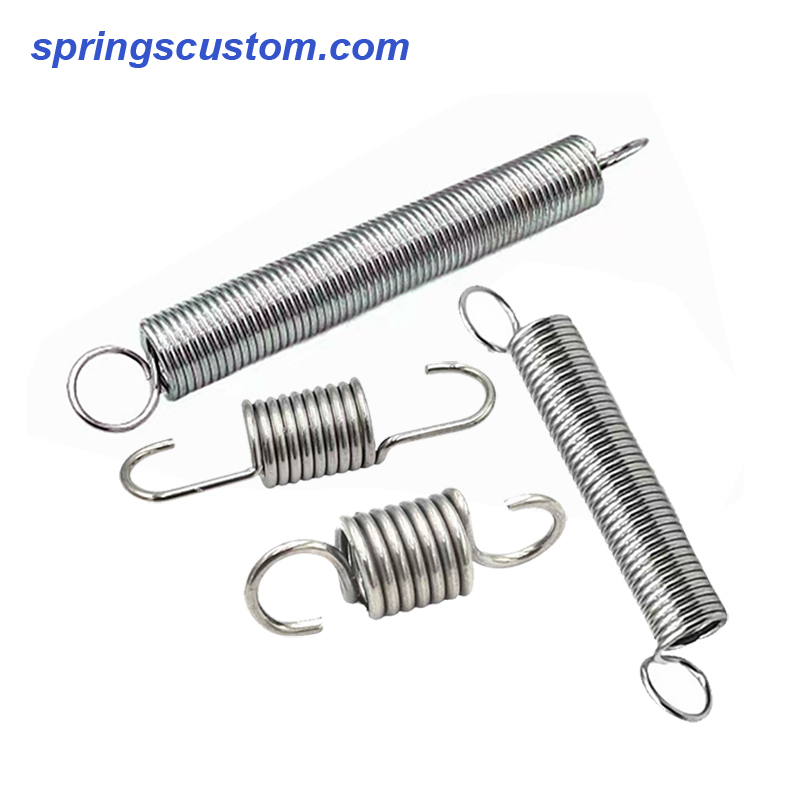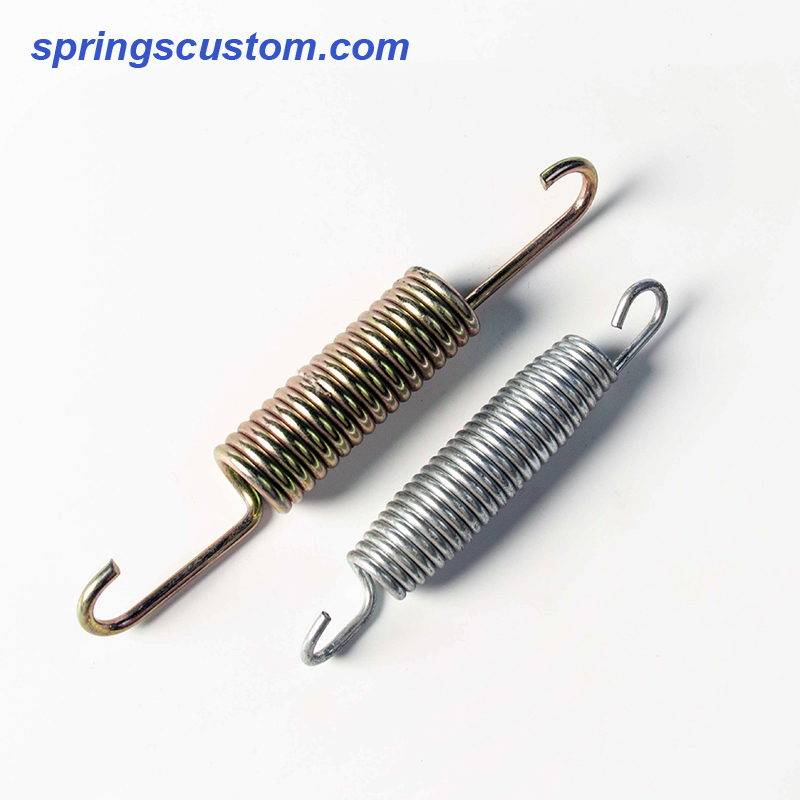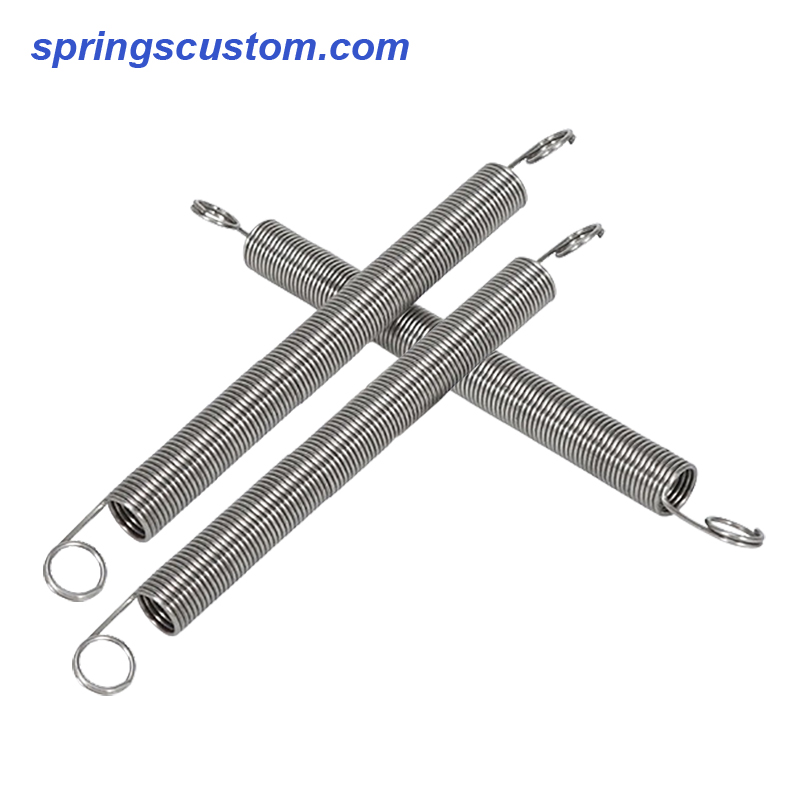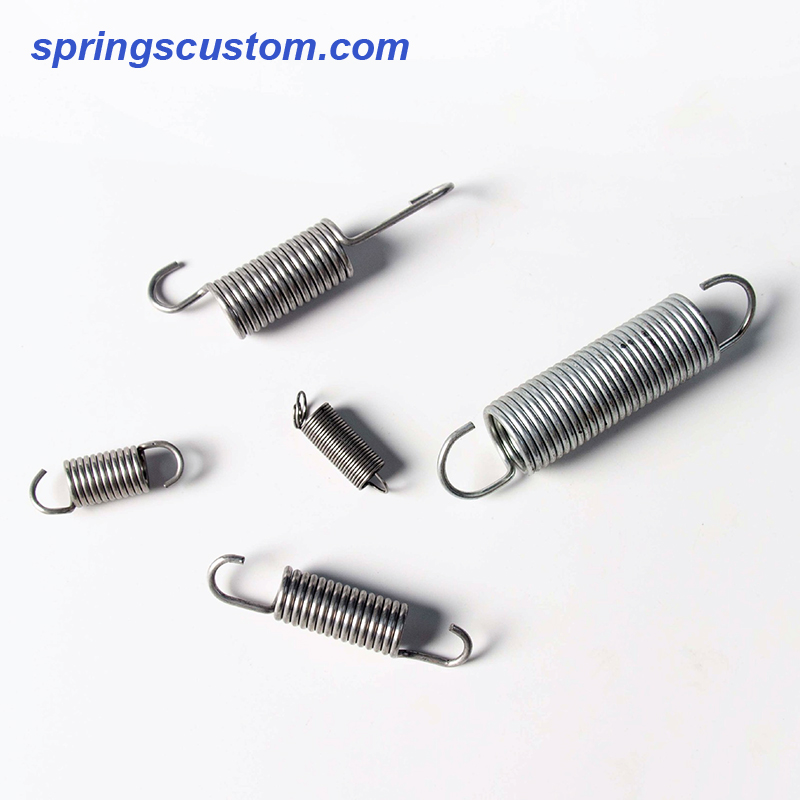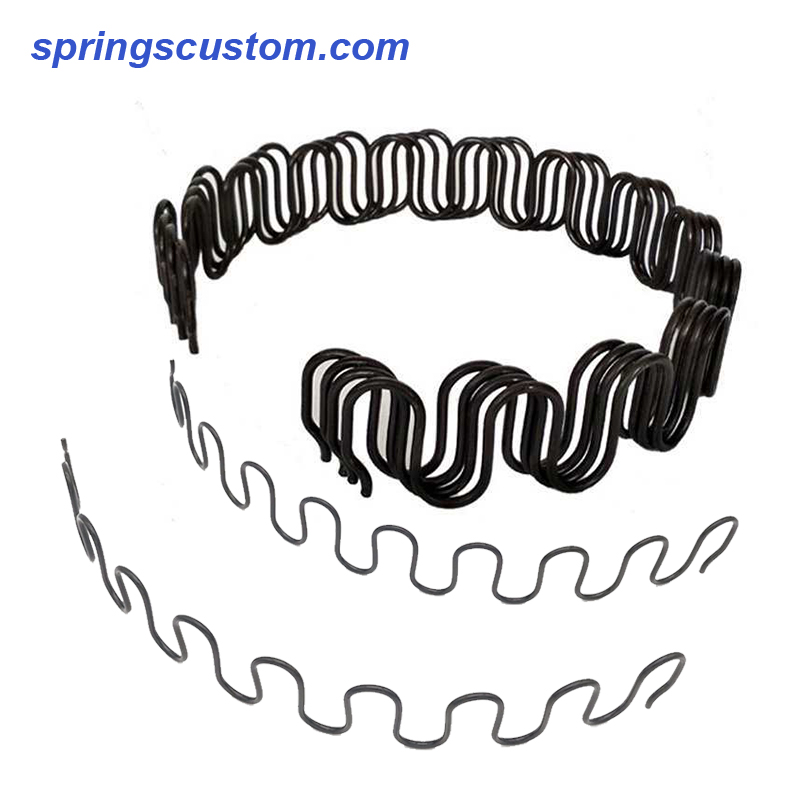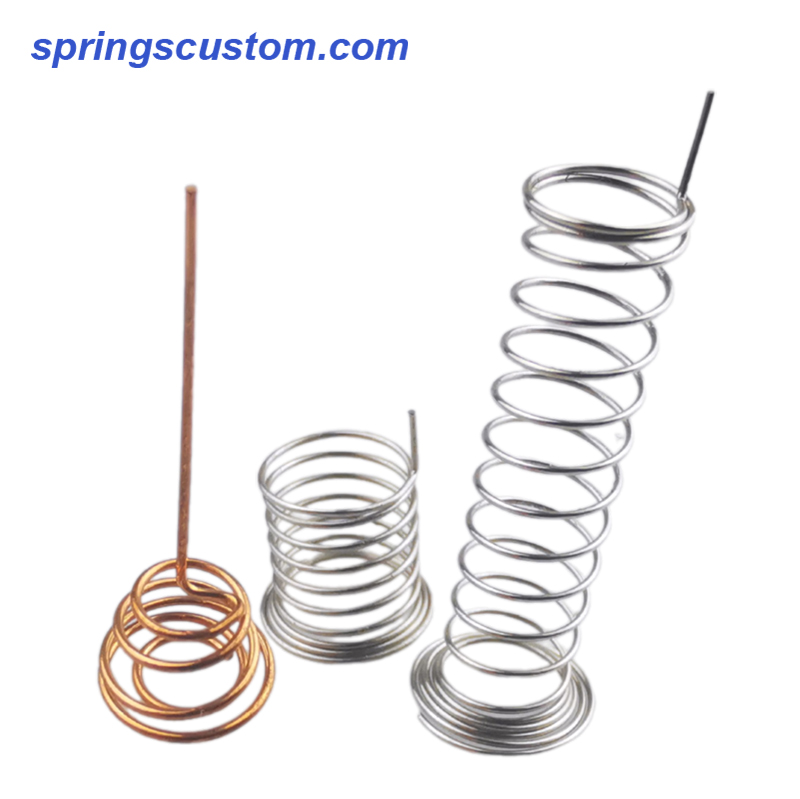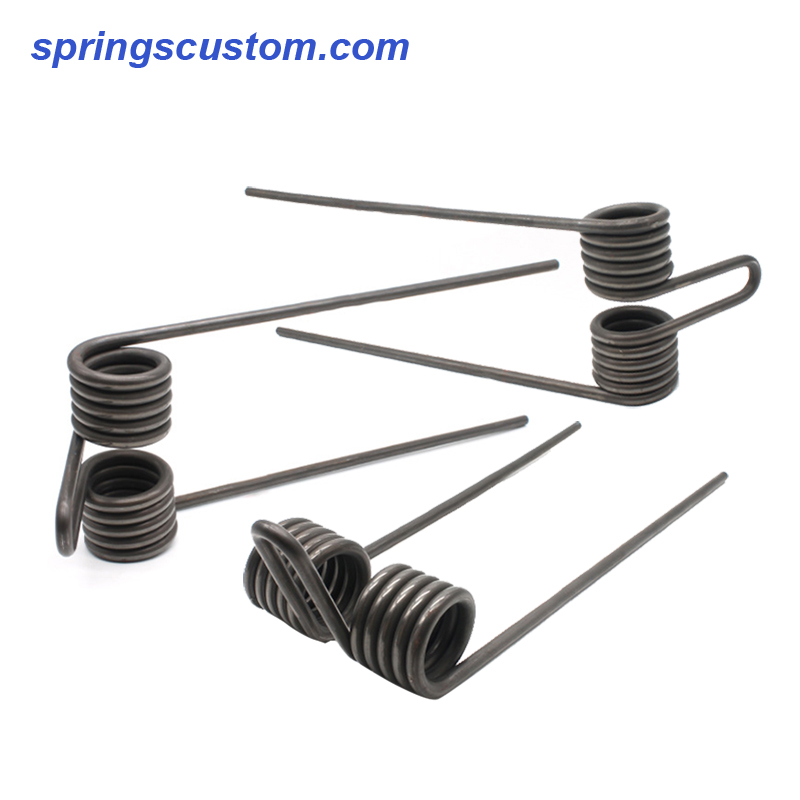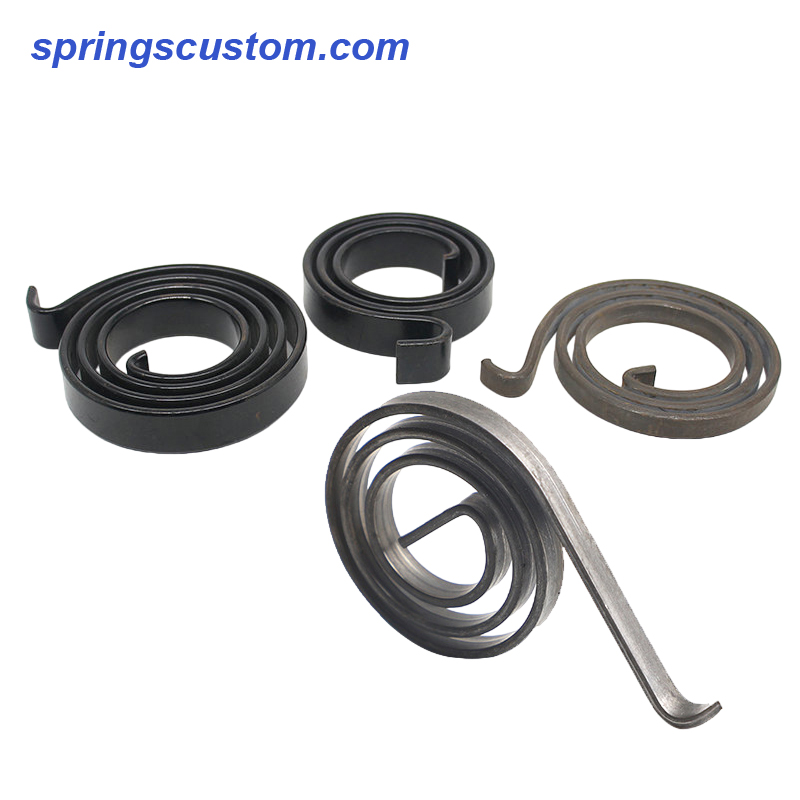Besonderheit
Many different terminal devices or “hooks” are used to ensure the source of tension for tension springs. The working principle of a tension spring is opposite to that of a compression spring. Compression springs act in the opposite direction when compressed, while tension springs act in the opposite direction when extended or pulled apart. When the two ends of the stretching spring are pulled apart, the spring will attempt to pull them back together. Like compression springs, tension springs also absorb and store energy. But unlike compression springs, most tension springs operate under tension, even when there is no load. This initial tension determines the tightness of the tension spring coil when there is no load.
Spezifikation
Größe: Basierend auf Kundenzeichnungen
Material: Edelstahl, Messing, Kupfer, Aluminium, Kohlenstoffstahl, legierter Stahl usw.
Endbearbeitung: Elektrophorese, Verzinken, Vernickeln, Verchromen, Verzinnen, Verkupfern, Sauerstoffharzbesprühen, Wärmebehandlung, Feuerverzinken, Schwarzoxidbeschichten, Lackieren, Pulverbeschichten, Farbverzinken, Blauschwarzverzinken, Rostschutzöl, Verzinken mit Titanlegierung, Versilbern, Kunststoff, Galvanisieren, Eloxieren usw.
Mindestbestellmenge: 1000 Stück
Verpackung: Basierend auf Kundenanforderungen, PE-Beutel, Karton
Bedienung: OEM, ODM
Lieferzeit: Probe 5-7 Tage, Massenware 10-20 Tage
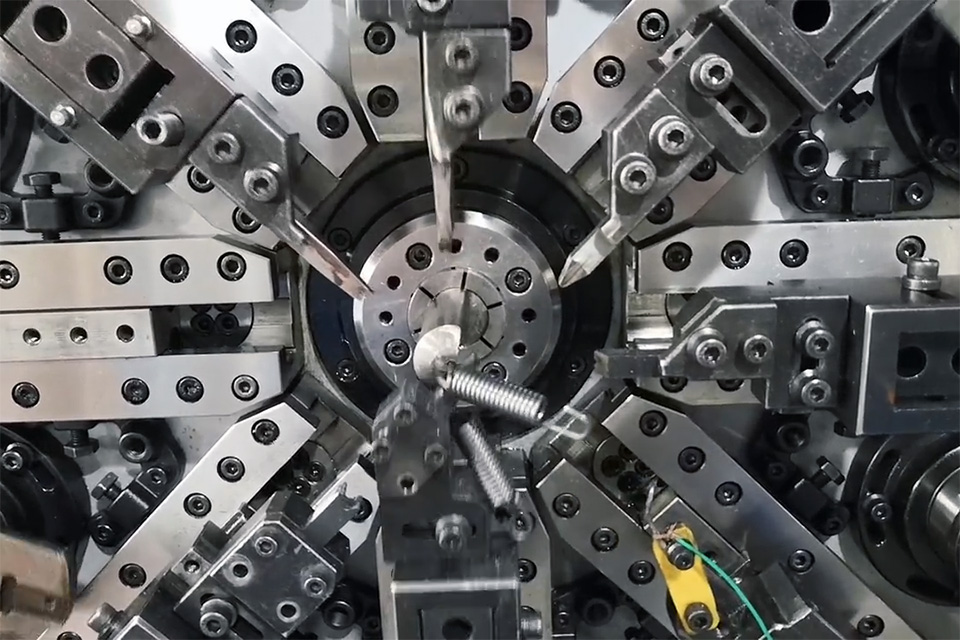
Anwendung
Stretch springs, also known as spiral stretch springs, are generally of equal pitch and have a circular cross-section. They can be used in many situations, such as production assembly, experimentation, research and development, maintenance, etc. Tension springs occupy an important position in the market and are widely used in fields such as national defense, ocean, computer, electronics, automotive, mold, medicine, biochemistry, aerospace, railway, nuclear power, wind power, thermal power, engineering machinery, mining machinery, construction machinery, elevators, etc.
